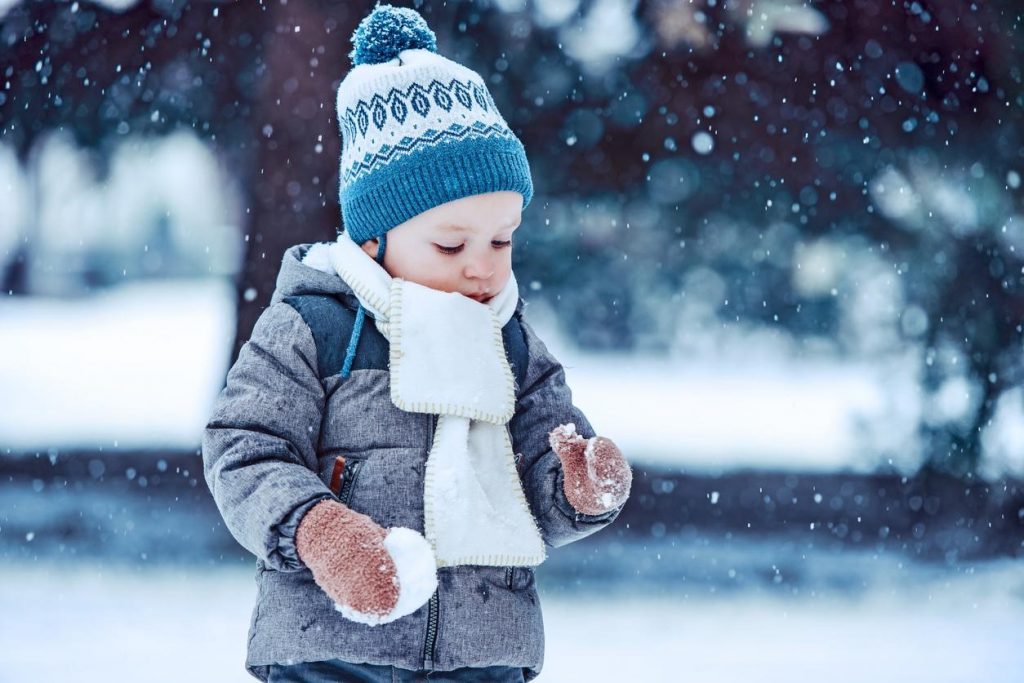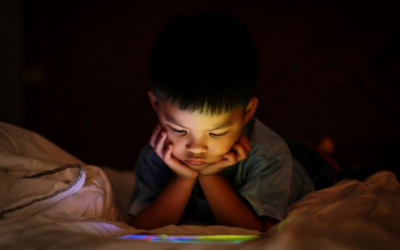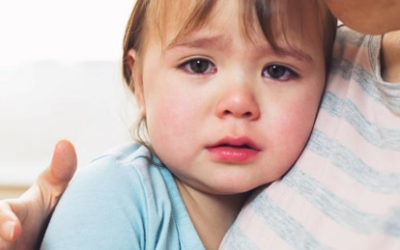Tips to get through the winter safe and healthy
Winter is a magical time of year. Holidays, snowball fights, sledding, and ice skating are just a few of the things that make the season so enjoyable.
Although there are a lot of fun things to do in winter, it can be very dangerous, especially for children. Frostbite, hypothermia, and falling all come out to play in the winter. The dangers vary depending on location, with some areas experiencing particularly harsh conditions.
As a parent, it’s important to be aware of the dangers of winter so your family can enjoy the season safely. From types of clothing to age-appropriate activities, there is a lot to know about keeping children safe in the winter.
Clothing
When temperatures dip and snow starts to fall, parents instinctively want to pile on the jackets, gloves, hats, and scarves to keep their children warm. While doing so is helpful, there is a bit more to it than that.
In general, children should be dressed in layers so they can adjust as their day progresses. Children become hot when they play and run around, so having too much clothing that they can’t take off can lead to overheating and sweating, which will freeze and make them even colder.
For toddlers, it’s recommended that you start with a base layer such as thermal underwear and build from there: socks, sweaters, sweatpants, a waterproof jacket, hats, gloves, and scarves. On the outer layer of clothing, try to exclude anything with drawstrings or clasps. These can get caught on items as children play, leading to injury.
Infants should only be taken into the cold if necessary. It’s important to bundle them up with layers as well and make sure their skin is covered. If you notice an exposed area of skin turning red or seeming chapped and irritated, apply baby cream or Vaseline generously to protect the area.
Once children come inside, be sure to remove any wet or sweaty clothing. Leaving wet items on for too long can lead to the risk of hypothermia.
Lastly, many parents pile on the blankets when children are in the car seat, tucking them into every nook and cranny. Blankets and jackets should only be placed on top of the seat belt. Tucking things underneath the belt will loosen it and move it away from the child’s body. This could result in serious injury in the event of a crash because the child isn’t restrained properly.
Activities
Children don’t slow down when it gets cold and snowy. They still need just as much activity and playtime as normal, although it can be more hazardous at this time of year.
It’s recommended that you keep children inside if the temperature dips below minus 16 degrees Fahrenheit to avoid skin damage and exposure to extreme cold. Children should never be outside in a snowstorm or blizzard.
Young children and toddlers should always be supervised when outside. They need to take regular breaks from playing to come inside, warm up, and rest even if they don’t want to. Children don’t have the same tolerance for cold than adults do, so it’s more important to protect them from staying out too long.
The types and levels of activities parents choose will vary depending on the children’s age, but there are some common winter activities that the whole family can do.
Building snowmen can be a lot of fun for everyone. However, adults should always be present to supervise.
Sledding is another favorite winter pastime. Young children and infants should never go down a hill alone because they can’t control the sled as easily and thus have a higher risk of injury. It’s also a good idea to have children sit up with their feet pointing downhill rather than going headfirst.
Ice skating and skiing are great winter activities, but they can be dangerous for children because their bodies are still learning and developing. Children will fall a lot, so helmets and wrist guards are great tools to protect against common injuries. Equipment should fit and be up to date to shield vulnerable areas.
Many places offer skating and skiing lessons for a variety of ages. Working with a qualified instructor will give children the tools they need to learn these activities early with the best form.
Winter storm preparedness
Enjoying normal winter fun is one thing, but it’s important to think about what you and your family will do when severe winter weather hits.
It’s common to lose electricity for hours or days at a time. Keep flashlights stored around the house with plenty of extra batteries. If a backup generator is within your budget, that will give you even more power for a longer period of time.
Make sure any carbon monoxide or smoke detectors are in working order. Using generators and candles to keep warm and shed light increases the risk of carbon monoxide and fire within the home.
Keep your car stocked with jumper cables, a first-aid kit, blankets, sleeping bags, and snacks. If you go onto the roads and get stuck in the snow, you need to have the resources to keep children warm and fed until help arrives.
Hypothermia and frostbite
These are very common dangers that families face in the winter. Parents should know the symptoms so they can act as quickly as possible.
Hypothermia occurs when the body is losing heat faster than it can produce it. In young children, it will most likely occur after long exposure to very cold and wet conditions.
Symptoms of hypothermia include drowsiness, weakness, pale and cold skin, confusion, uncontrollable shivering, and slow heart rate. Call 911 immediately if you suspect a child is suffering from hypothermia. Remove any cold or wet clothing, and cover them with blankets to raise their body temperature.
Frostbite occurs when extreme cold causes damage to tissue. This most often happens in extremities such as the fingers, toes, and nose. Skin will look very red and irritated and be cold and hard. Children may complain of pain or numbness as well. Call for medical assistance as soon as possible. In the meantime, try thawing the affected areas in warm water and wrapping them in sterile bandages.
Enjoy your winter wonderland
Keep your eye on small things around the house that come out during the winter too. Be careful around fireplaces, candles, and small decorations that can present choking hazards. Remembering these tips will not only keep your children safe but make the winter season more enjoyable for everyone!
The Virginia Infant & Toddler Specialist Network helps improve the quality of care for infants and toddlers through extensive resources, services, and education for caregivers. Learn more about how we can help you improve the standard of care.




